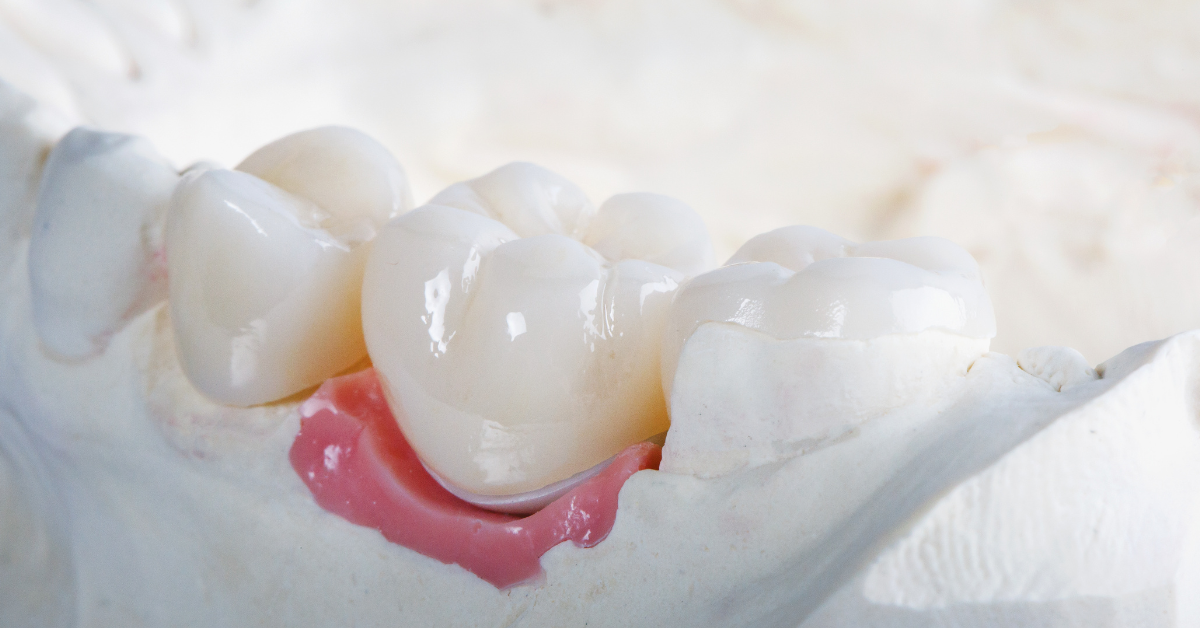When Do Dental Crowns Become Necessary? Saving Tips

Dental crowns are a common restorative procedure used to repair and protect damaged or weakened teeth. A crown is essentially a cap that covers the entire tooth, restoring its shape, size, and function. But when do dental crowns become necessary? In this comprehensive guide, we’ll explore the various scenarios where crowns are required, their benefits, and provide valuable saving tips to help you make informed decisions about your oral health.
Identifying the Need for a Dental Crown
Dental crowns are not merely cosmetic solutions; they play a critical role in preserving the integrity of your teeth. Here are several key situations where a dental crown may become necessary:
- Large Fillings: When a significant portion of a tooth is filled, the remaining structure can be weakened, making it prone to cracking or breaking. In such cases, a crown can provide the necessary support and protection.
- Cracked or Broken Teeth: Teeth that are cracked or broken due to injury, decay, or wear can be salvaged with a crown. This not only fixes the aesthetics but also prevents further damage and potential infections.
- Root Canal: After a root canal treatment, a tooth becomes more brittle and susceptible to fracture. A crown is often placed to strengthen the tooth and ensure its longevity.
- Dental Bridge: Crowns are used to anchor dental bridges, serving as abutments to support the bridge and restore missing teeth.
- Cosmetic Reasons: Sometimes, crowns are used for purely aesthetic purposes, such as covering misshapen or severely discolored teeth, enhancing the overall appearance of your smile.
- Worn Down Teeth: Teeth that are significantly worn down due to grinding or acid erosion can be restored to their original shape and function with crowns.
The Process of Getting a Dental Crown
Understanding the process of getting a dental crown can help alleviate any anxiety you may have. Here’s a step-by-step guide:
- Initial Consultation: You’ll discuss your needs and options with your dentist, who will assess whether a crown is the best solution for you.
- Tooth Preparation: Your dentist will shape the tooth to fit the crown, removing any decay and making room for the crown.
- Impression: An impression of the prepared tooth and the surrounding teeth is taken to create a crown that fits perfectly.
- Temporary Crown: A temporary crown is placed to protect the tooth while the permanent crown is being made.
- Placement of Permanent Crown: Once the permanent crown is ready, the temporary crown is removed, and the new crown is cemented into place.
Saving Tips for Dental Crowns
While dental crowns can be an investment in your oral health, there are ways to save money without compromising on quality:
- Insurance Coverage: Check your dental insurance to see if crowns are covered. Many plans cover a significant portion of the cost.
- Preventive Care: Regular dental check-ups can help identify issues early on, potentially reducing the need for crowns or other extensive treatments.
- Compare Prices: Don’t hesitate to compare prices among different dentists or clinics. However, ensure that you’re comparing similar services and materials.
- Materials: The cost of a crown can vary greatly depending on the material used (e.g., porcelain, ceramic, gold). Discuss the options with your dentist to find a balance between quality and cost.
- Financing Options: Many dental clinics offer financing options or payment plans that can help spread the cost over time, making it more manageable.
Conclusion
Dental crowns are a versatile and effective solution for a wide range of dental issues, from structural damage to aesthetic concerns. By understanding when crowns are necessary and exploring your options carefully, you can make informed decisions about your dental health. Remember, saving tips are not just about reducing costs but also about investing in your well-being. Regular care and maintenance can prevent more severe problems, potentially reducing the need for crowns and other restorative treatments.
FAQ Section
How long does a dental crown last?
+The lifespan of a dental crown can vary significantly depending on the material used and oral hygiene practices. On average, a well-maintained crown can last between 10 to 30 years.
Are dental crowns painful to get?
+The process of getting a dental crown is typically not painful, as it's performed under local anesthesia. However, you may experience some sensitivity after the procedure, which can be managed with over-the-counter pain relievers.
Can I get a crown on a tooth with a root canal?
+Yes, it's common to place a crown on a tooth that has had a root canal. This is because a tooth that has undergone a root canal can become brittle and more prone to cracking, and a crown provides the necessary protection.
By combining expert advice with practical saving tips, you’re well on your way to making informed decisions about your dental health, ensuring a smile that’s both healthy and beautiful for years to come.


